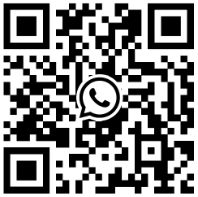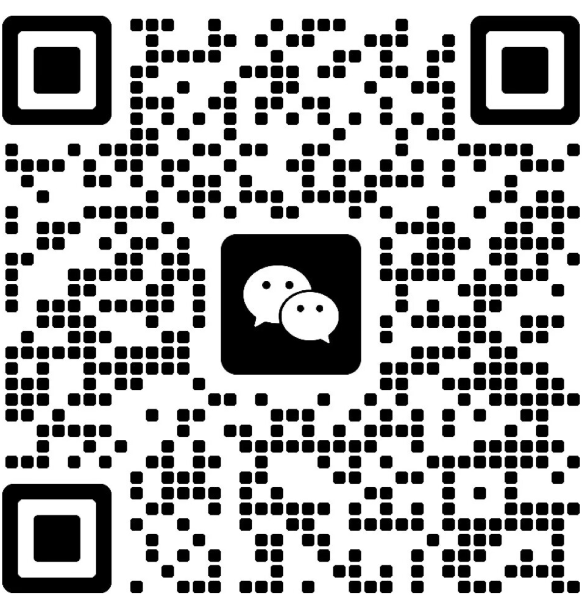Basic PCB Knowledge
Printed circuit boards (PCBs) can be found in almost every electronic device. If there are electronic components in a certain device, they are also embedded on PCBs of different sizes. In addition to fixing various small parts, the main function of the PCB is to provide the electrical connection of the parts on top. As electronic devices become more complex, more and more parts are required, and the wiring and components on the PCB are becoming more and more dense. A standard PCB looks like this. Bare boards (with no parts on top) are also often referred to as "Printed Wiring Boards (PWBs)".
The substrate of the board itself is made of a material that is insulated and does not bend easily. The fine line material that can be seen on the surface is copper foil, which was originally covered by the entire board, but during the manufacturing process, part of it is etched, and the remaining part becomes a mesh of fine lines. These lines are called conductor patterns or routing and are used to provide circuit connections between components on the PCB.
To secure the parts to the PCB, we solder their pins directly to the wiring. On the most basic PCB (single side), the parts are concentrated on one side and the wires are concentrated on the other. In this way we need to make holes in the board so that the pins can pass through the board to the other side, so the pins of the parts are welded on the other side. Because of this, the front and back sides of the PCB are called the component side and the solder side respectively.
If there are some parts on the PCB that need to be removed or put back after the production is completed, then the socket is used for installation. Since the socket is directly welded to the board, the parts can be disassembled and assembled arbitrarily. Below is the ZIF (Zero Insertion Force) receptacle, which allows parts (in this case, the CPU) to be easily inserted into the socket or removed. A retaining bar next to the socket that secures the part after you insert it.
If we want to connect two PCBs to each other, we usually use edge connectors, commonly known as "gold fingers". The gold finger contains many exposed copper pads that are actually part of the PCB routing. Normally, when connecting, we insert the gold finger on one of the PCBs into a suitable slot on the other PCB (usually called an expansion slot). In computers, graphics cards, sound cards, or other similar interface cards are connected to the motherboard through gold fingers.
The green or brown color on the PCB is the color of the solder mask. This layer is the protective layer of insulation that protects the copper wire and also prevents the part from being welded to the wrong place. An additional layer of silk screen is printed on the solder mask. Text and symbols (mostly white) are usually printed on them to indicate the position of the parts on the board. The screen printing surface is also called the icon face (legend).


